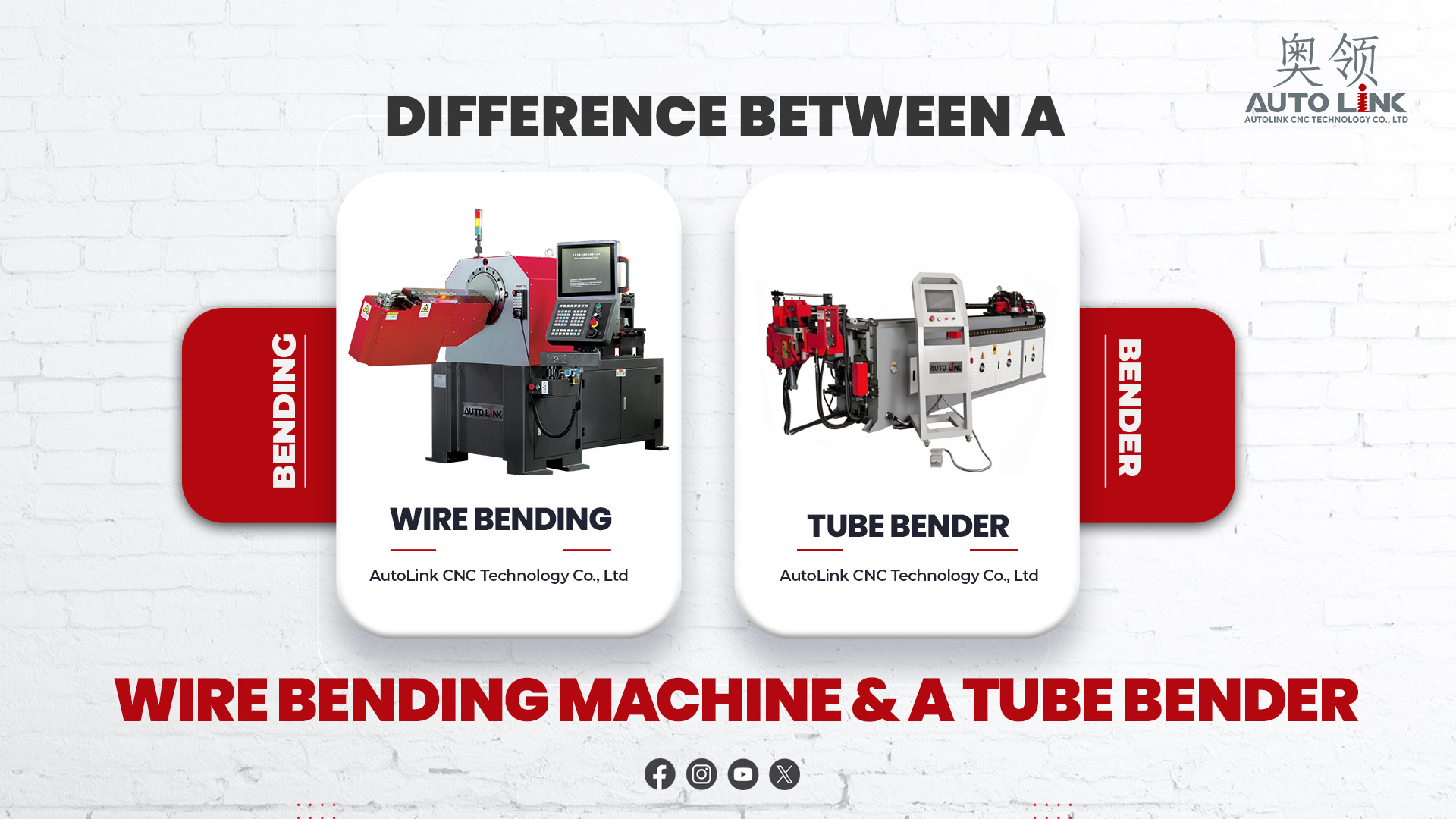What is the difference between a wire bending machine and a tube bender?
While wire bending machines and tube benders both play integral roles in metal fabrication, they serve distinct purposes and cater to different materials and applications. Understanding the differences between these machines is essential for selecting the appropriate equipment to meet specific manufacturing requirements. Whether shaping wires for intricate components or bending tubes for structural elements, choosing the right tool ensures efficient and precise metal fabrication processes.
In the world of metal fabrication, wire bending machines and tube benders are two essential tools with distinct capabilities and applications. Understanding the differences between these machines is crucial for choosing the right equipment for specific manufacturing needs
The primary difference between a wire bending machine and a tube bender lies in the materials they are designed to work with and the types of products they produce:
1. Material and Form:
- Wire bending machines are primarily designed to work with wires, which are thin, flexible metal rods. These machines specialize in shaping wires into various forms such as loops, bends, and springs.
- Tube benders, on the other hand, are tailored to handle metal tubes or pipes, which are hollow cylindrical structures. Tube benders are used to bend tubes into specific shapes and configurations, such as bends, curves, and elbows.
2. Product Type:
- Wire bending machines are used to create various wire-based products, such as hooks, loops, springs, and wire forms, which are typically used in applications such as automotive, aerospace, and manufacturing.
- Tube benders are used to bend tubes or pipes into specific shapes and configurations, such as bends, elbows, and curves. These bent tubes are commonly used in industries such as construction, plumbing, HVAC, and automotive for applications like tubing assemblies, exhaust systems, and structural components.
3. Diameter and Thickness:
- Wire bending machines typically work with wires of varying diameters, ranging from thin gauges to thicker rods, depending on the machine's specifications and capabilities.
- Tube benders are equipped to handle tubes or pipes with specific diameters and thicknesses. The bending process involves shaping the entire cross-section of the tube, requiring consideration of both the outer diameter (OD) and wall thickness.
4. Applications:
- Wire bending machines find applications in industries such as automotive, aerospace, manufacturing, and electronics. They are used to produce wire-based components like hooks, loops, springs, and wire forms.
- Tube benders are commonly used in sectors such as construction, plumbing, HVAC (heating, ventilation, and air conditioning), automotive, and structural engineering. Bent tubes are utilized in various applications including tubing assemblies, exhaust systems, handrails, and framework construction.
5. Flexibility and Precision:
- Wire bending machines offer high flexibility and precision in shaping wires into intricate forms and geometries. They are capable of producing complex wire components with tight tolerances.
- Tube benders provide flexibility in bending tubes into desired shapes and configurations, offering precise control over bend angles and radii. Advanced tube bending machines can achieve multiple bends in different planes with high accuracy.







